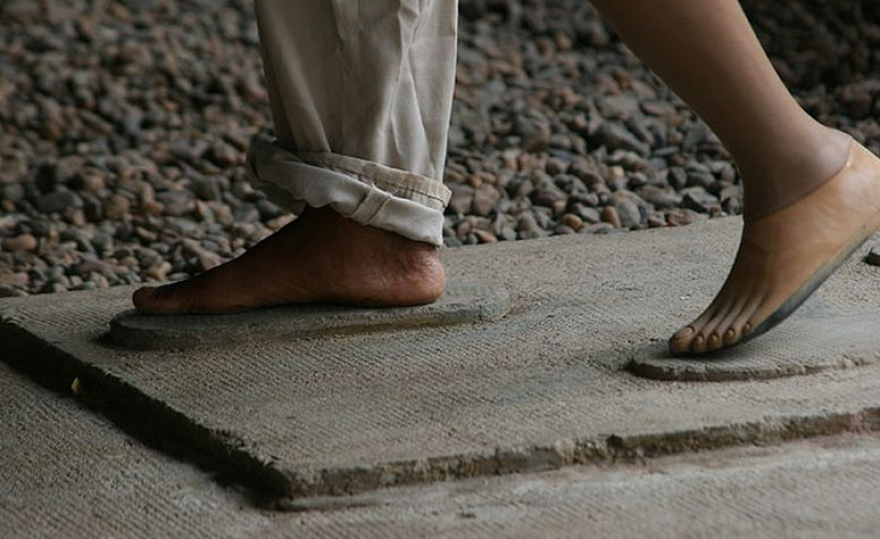An accidental discovery has shed light on what it might take for humans to be able to regrow lost limbs. Limb regeneration is still a long way off, but the new research gives scientists a place to start.
George Daley of the Harvard Medical School was looking into a gene that’s active early in our lives, but gets switched off by our bodies as we age. It’s called Lin28.
As part of the research he was using mice genetically engineered to leave the Lin28 gene switched on. At one point in the experiment he clipped the ears of the GM mice to be able to keep track of them. But their ears kept healing. He went a step further and amputated the tips of their toes, but the toes regrew. Even waxing their backs didn’t work.
He’d stumbled onto something new.
Steve Goldman, professor of Neurology at the University of Rochester Medical Center, says Daley’s discovery gives researchers an insight into what might kick-start the processes that would allow the body to regenerate lost limbs.
But he says, actually being able to re-grow a complex body part is a long way off.
“Is it possible? Sure, it’s possible. But at that point it’s really the interface of science and science fiction. We’re understanding the rules now, by which a process might be elicited, and as we understand more and more it becomes more and more likely that that will be possible in the distant future. But the emphasis there was on distant future.”
It might not have been quite the stuff of science fiction, but for Daley’s mice, leaving the Lin28 gene switched on was enough to trick their cells into thinking they were much younger. And since young animals can more easily repair tissue, effectively rewinding the clock gave the cells the extra energy they needed to regrow toes and heal ears.
But, Goldman says, Lin28 is only part of the puzzle.
It can handle re-growing toes in mice, but it isn’t that effective everywhere in the body. For instance, it couldn’t repair damage to the heart.
“It’s a good bet that there are many more proteins, and likely repressor proteins, that are involved in the process. But that’s not to say that we won’t discover what they are and by sequential activation allow really much more significant generation than was seen here.”
The next step, Goldman says, is to try to kick-start this process in more complex organs.



